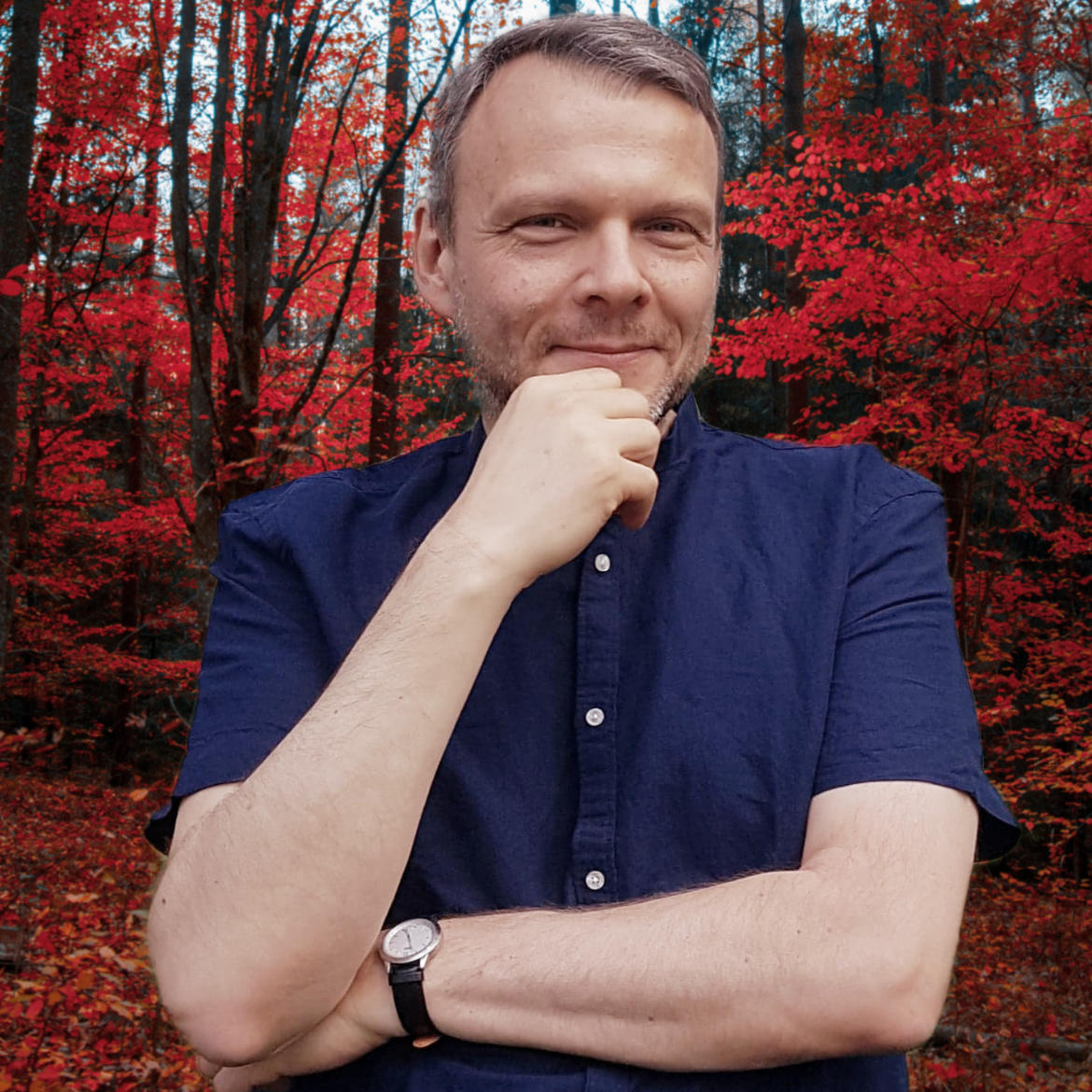We can define a designing process as a form of creative activity which is subject to some specific, predefined rules. The kind, range and character of these rules depend on the designing field. It can be assumed that everything that is created as a creator’s spontaneous reaction to the surrounding world becomes a universal language if it is defined within specific frame. It should be subject to some rules which – on one hand – describe the reality in the world “here and now”, and – on the other hand – they refer to clear benchmarks in culture and history. Only in this way, the message hidden in the project becomes understandable.
We can divide a designing process into three main stages of action. The first one is an analysis and classification system of a specific designing issue. This is the time when all variables related to the issue are organised and evaluated. The second one covers searching for solutions and draft visualisation of a spontaneous idea which was a result of a specific task. It is probably the most pleasant moment of a designer’s work. At the end, there is a verification of the idea on the basis of the data collected before. In practice, the last two tasks are repeated a few times in order to achieve a satisfactory result.

A perfect design is the one which follows the balance between its aesthetic (or artistic) value and its value in use. Losing the balance results in creation of something which is too “fancy” and not useful, or too “technical” and simply ugly.
Thomas Mucha designer, artist
graduated from the Faculty of Industrial Design Lodz Academy of Fine Arts in Poland. Specialization with prof. Jerzy Derkowski in Utility Systems Design. Member of the Association of Polish Artists and Designers. For several years, as a furniture designer, executing orders for individual foreign customers.
